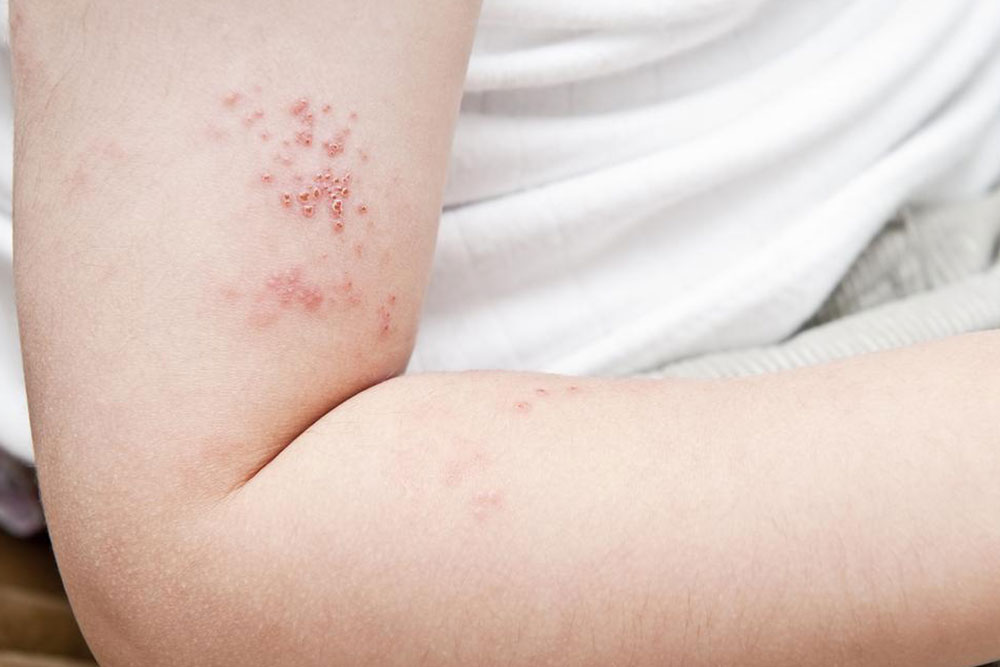Different types of viral infections
Viral infections are commonly caused due to a host virus attack on the immune system. Since viruses cannot survive and grow on their own, they attach to cells in the body to introduce the genetic material of the carrier virus ultimately killing the host cell and replacing it with virus cell copies. This is how a viral infection spreads internally, slowly affecting all the healthy cells in the vicinity. Immediate medical attention is advised if the symptoms start showing up.
The most common types of viral infections are divided across categories like respiratory viral infections, viral skin infections, foodborne viral infections, sexually transmitted viral infections among others.

Rhinovirus: A type of viral infection which is known to cause the common cold with mild symptoms like coughing, sneezing, headache and sore throat.
Flu: Alternatively known as seasonal influenza, flu symptoms include symptoms like body aches and fatigue apart from common cold symptoms which are more severe. It is estimated that about 5% to 20% of the population in the country suffer from the flu.
Molluscum contagiosum: This is a viral skin infection which most commonly affects children. However, symptoms have been experienced by adults as well. They include small flesh colored bumps which are a noticeable indicator of the developing symptoms.
Herpes simplex virus: Known to cause cold sores, HSV-1 is a common virus which can be transmitted through saliva by kissing or sharing food and drinks with someone who has been infected previously. Avoiding physical contact is the only preventive solution.
Varicella-zoster virus: Known to cause the chicken pox, VZV is a highly contagious viral infection and can spread very easily if you come in contact with the person who previously was suffering from symptoms or you come in contact with anything they might have touched or used. Shingles is another condition which can be developed because of VZV.
Hepatitis A: Hepatitis virus is a food borne virus which affects the liver with symptoms that include skin color turning to yellow, nausea, diarrhea and vomiting which can last anywhere from a few weeks to even several months. Recurrent symptoms have been developed by patients after complete cure in at least 15%-20% of Hepatitis A cases.
Human papillomavirus (HPV): This is one of the most common sexually transmitted viral infections in the country with symptoms which can also increase the risk of cervical cancer and genital warts. Vaccination helps protect the HPV from developing cancer causing strains of the virus.

